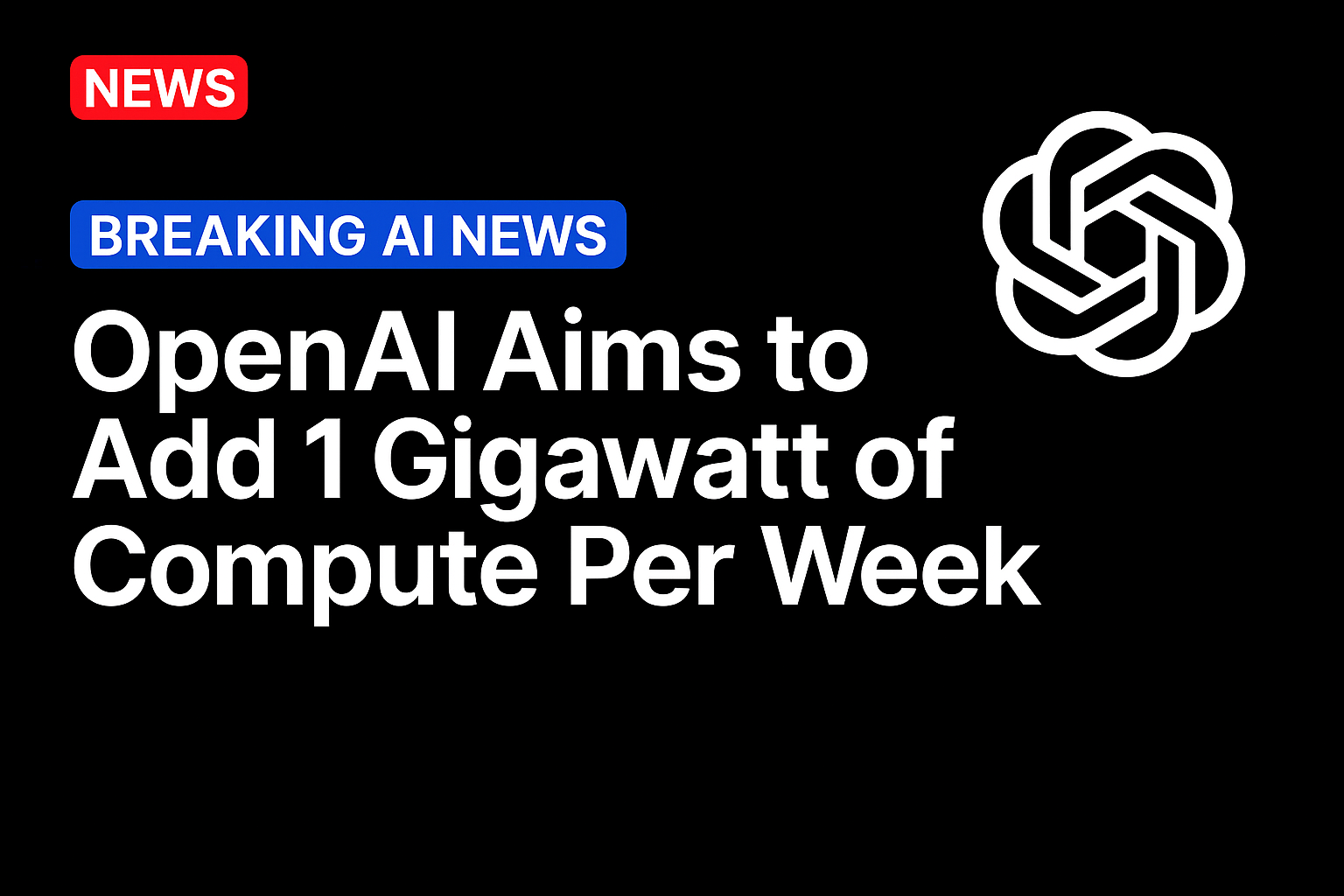
OpenAI would like to build an artificial intelligence (AI) factory to make 1 gigawatt of compute per week of new capacity, CEO Sam Altman said in a Wednesday (Oct. 29) post on X.
The company would like to do so “at a greatly reduced cost relative to today” Altman said.
Currently, OpenAI has committed to about 30 gigawatts of compute with a total cost of ownership of about $1.4 trillion, Altman said.
“We are comfortable with this given what we see on the horizon for model capability growth and revenue growth,” Altman said in the post.
Altman posted this a day after OpenAI announced that it had completed its restructuring that transformed its for-profit arm into a public benefit corporation and gave its longtime benefactor Microsoft a 27% stake — worth roughly $135 billion — in that unit.
The new arrangement gives Microsoft exclusive intellectual property rights to OpenAI technology until 2032; includes OpenAI purchasing another $250 billion worth of Microsoft’s cloud computing services; ends Microsoft’s right of first refusal to be OpenAI’s compute provider; and allows Microsoft to independently pursue artificial general intelligence on its own or with third parties.
PYMNTS reported Tuesday that many observers have noted that OpenAI’s new status could clear the path for the company to go public and help it attract more talent.
In his Wednesday post on X, Altman said OpenAI’s new structure “is much simpler than our old one.”
“We have a non-profit called OpenAI Foundation that governs a Public Benefit Corporation called OpenAI Group,” Alman said. “The foundation initially owns 26% of the PBC, but it can increase with warrants over time if the PBC does super well. The PBC can attract the resources needed to achieve the mission.
“The mission, for both our non-profit and PBC, remains the same: to ensure that artificial general intelligence benefits all humanity,” Altman said in the post.
It was reported on Oct. 22 that OpenAI and Oracle announced plans to build the Stargate data center campus in Port Washington, Wisconsin, as part of a broader $500 billion, 10-gigawatt compute initiative. Reuters reported that this campus is expected to deliver more than 4.5 gigawatts of capacity.
Source: https://www.pymnts.com/




